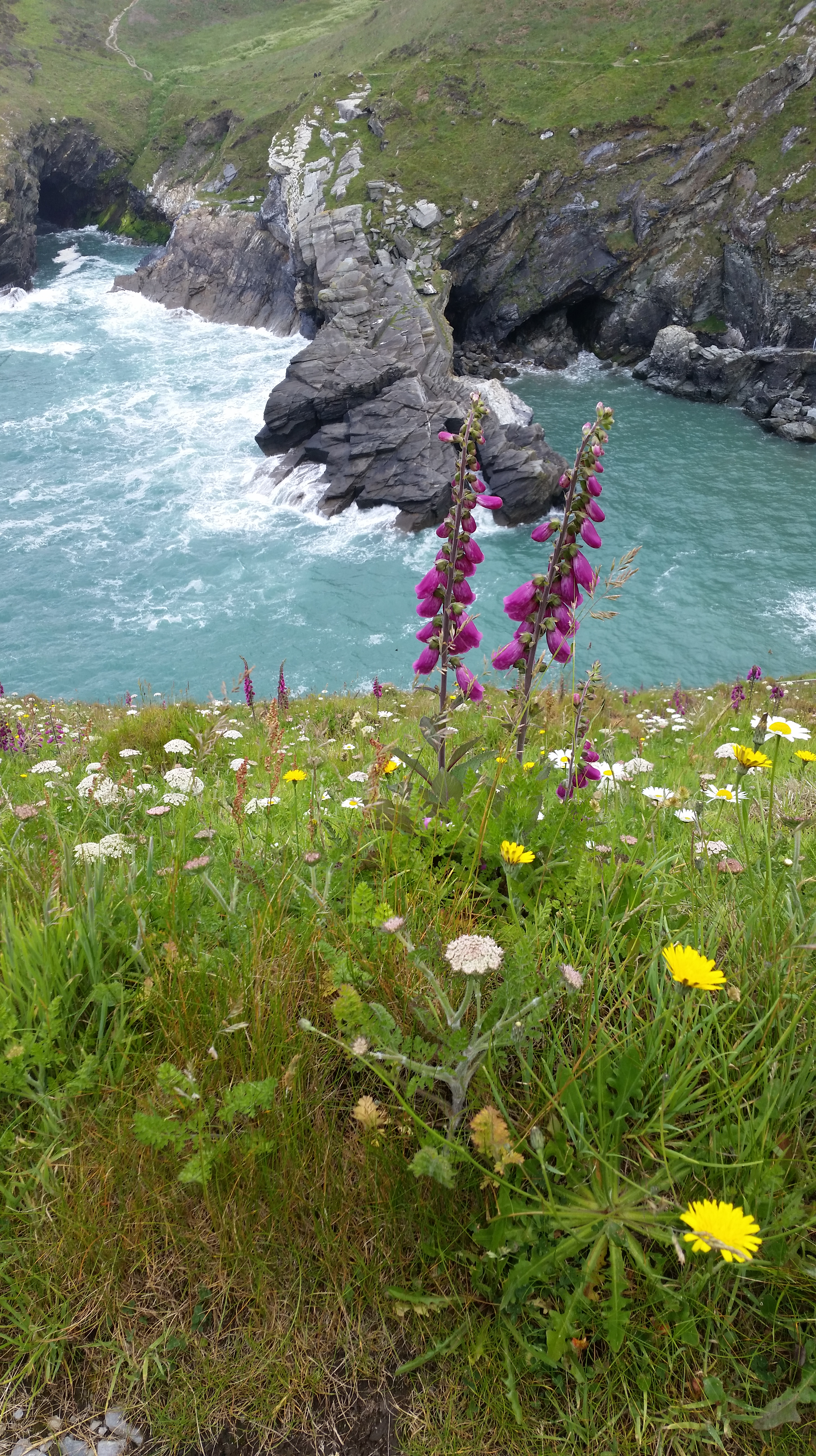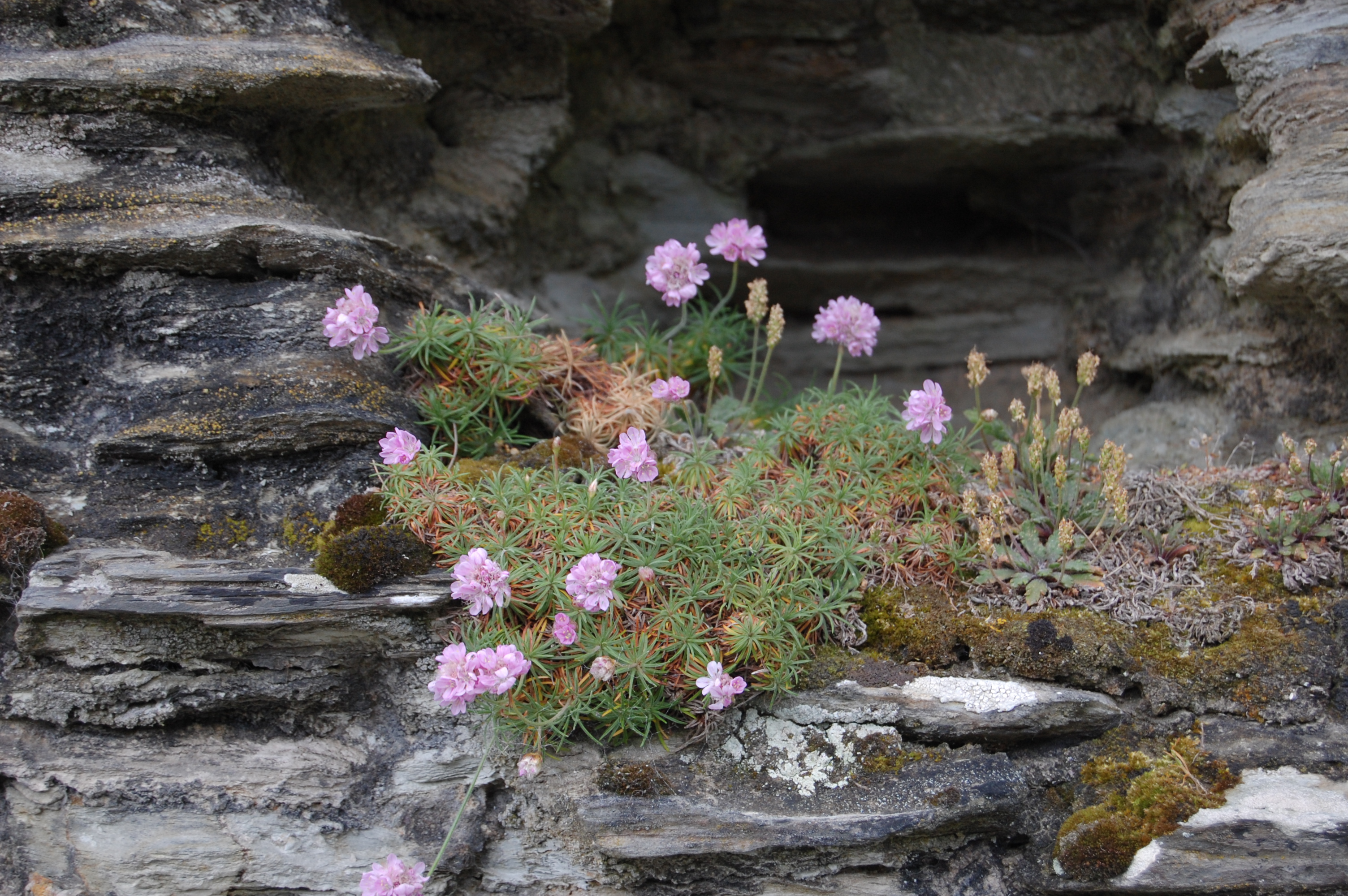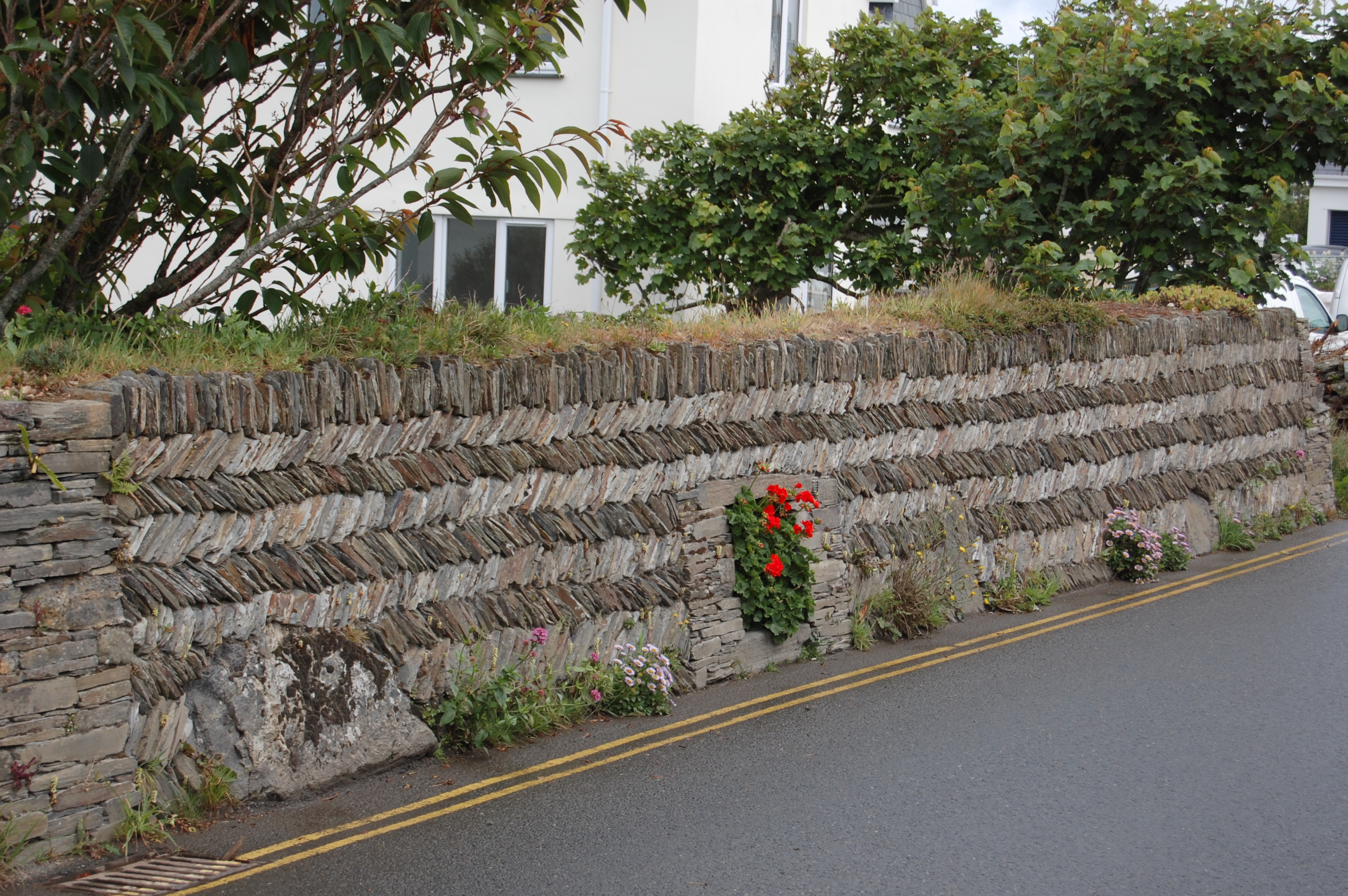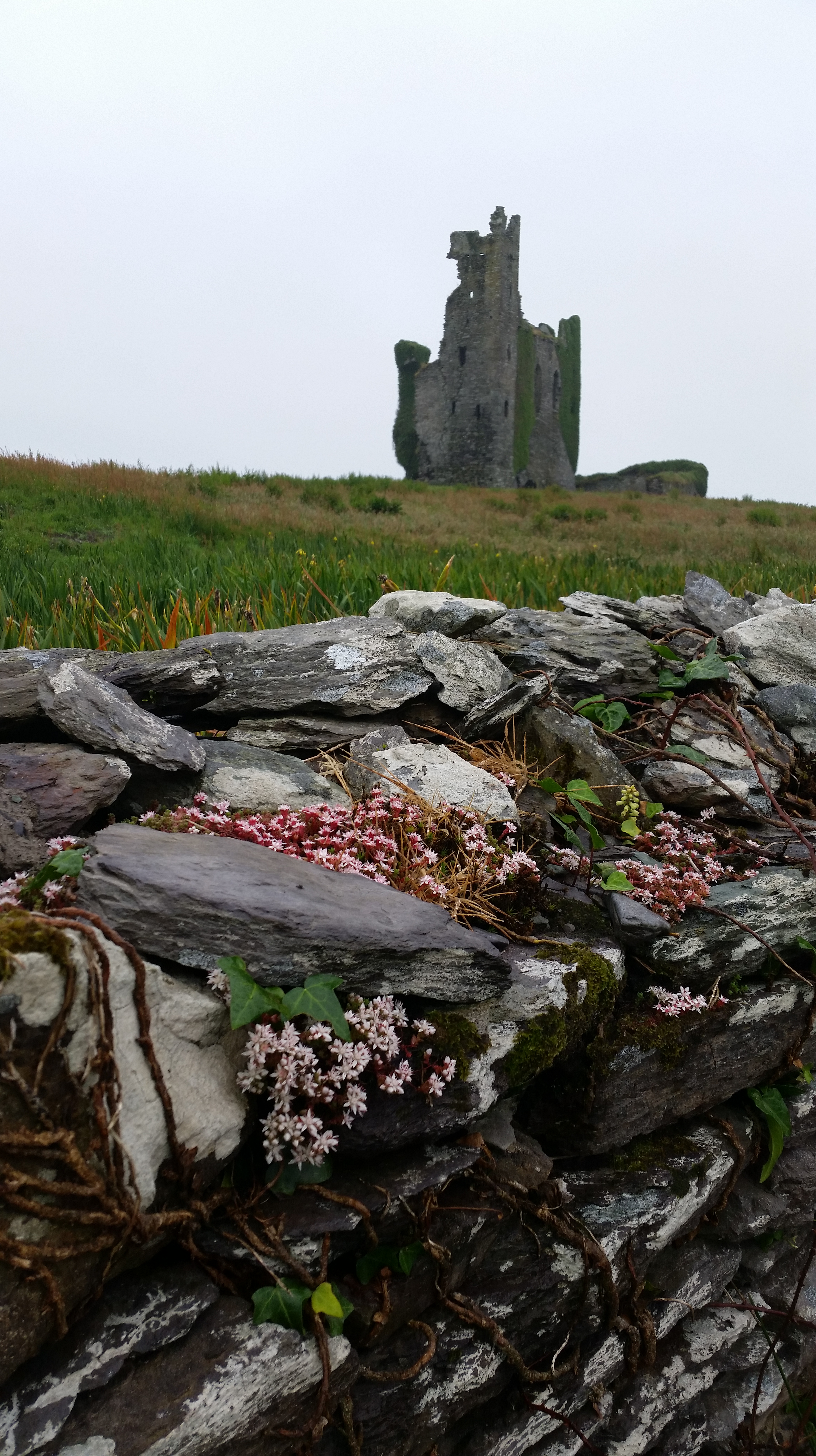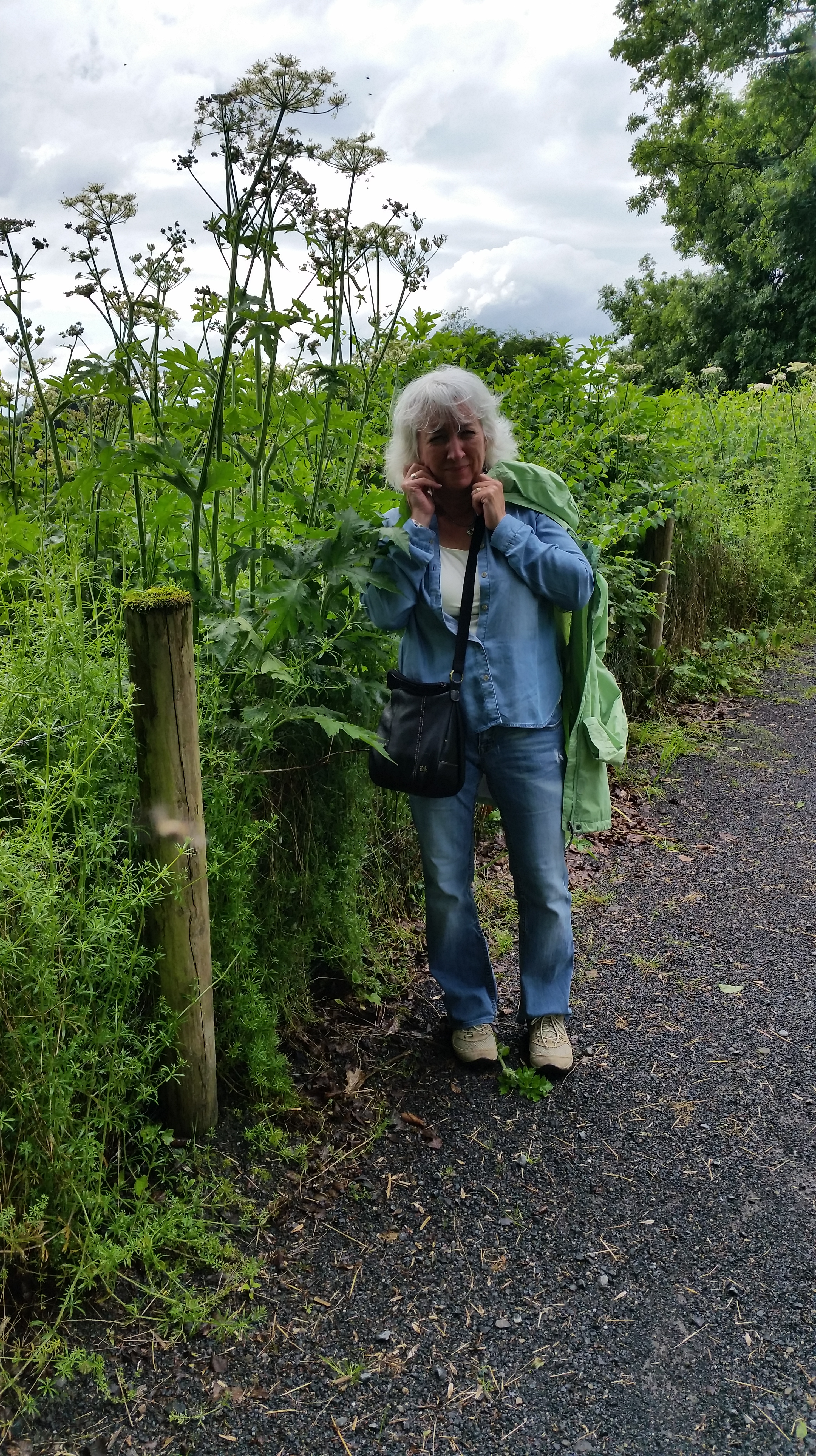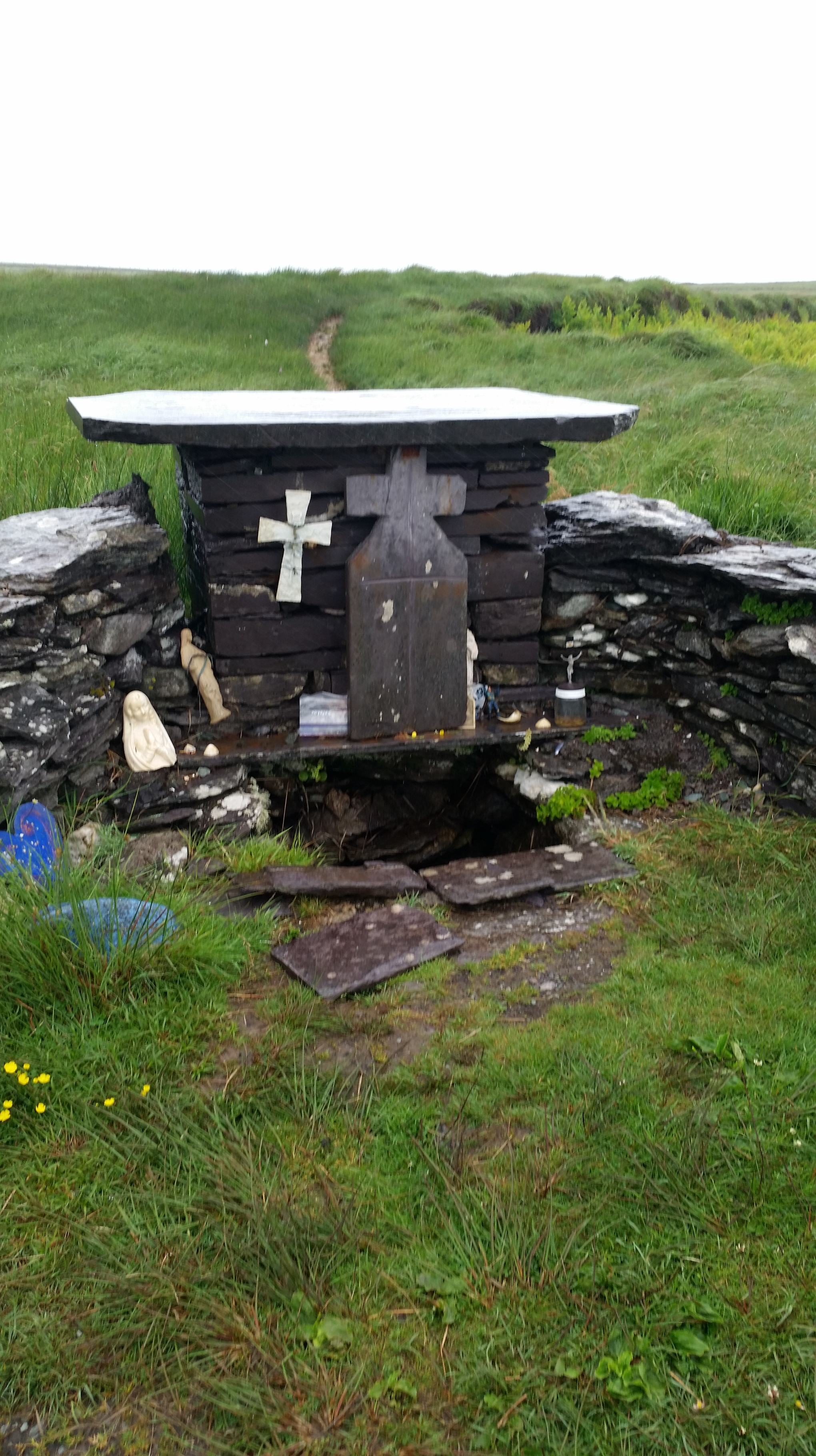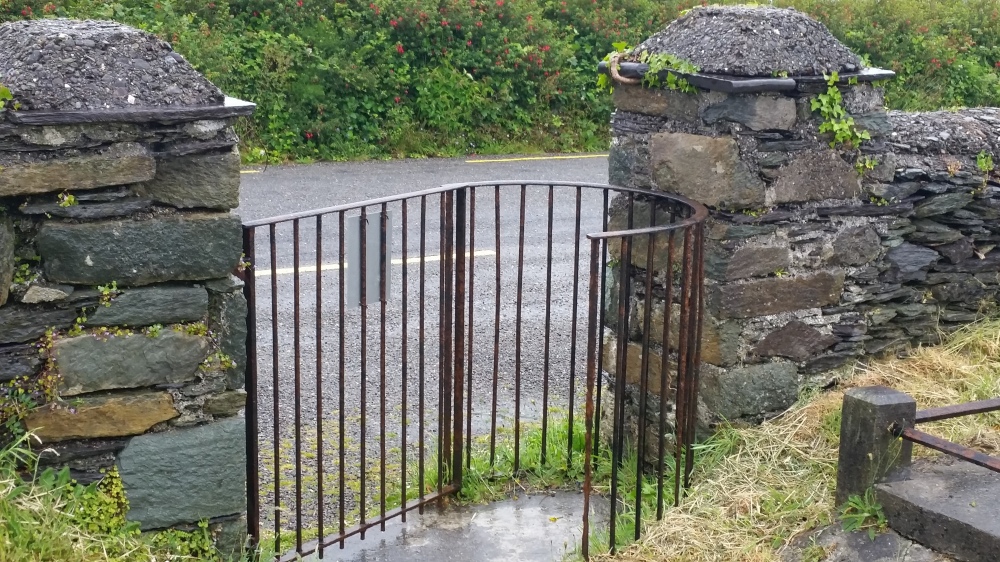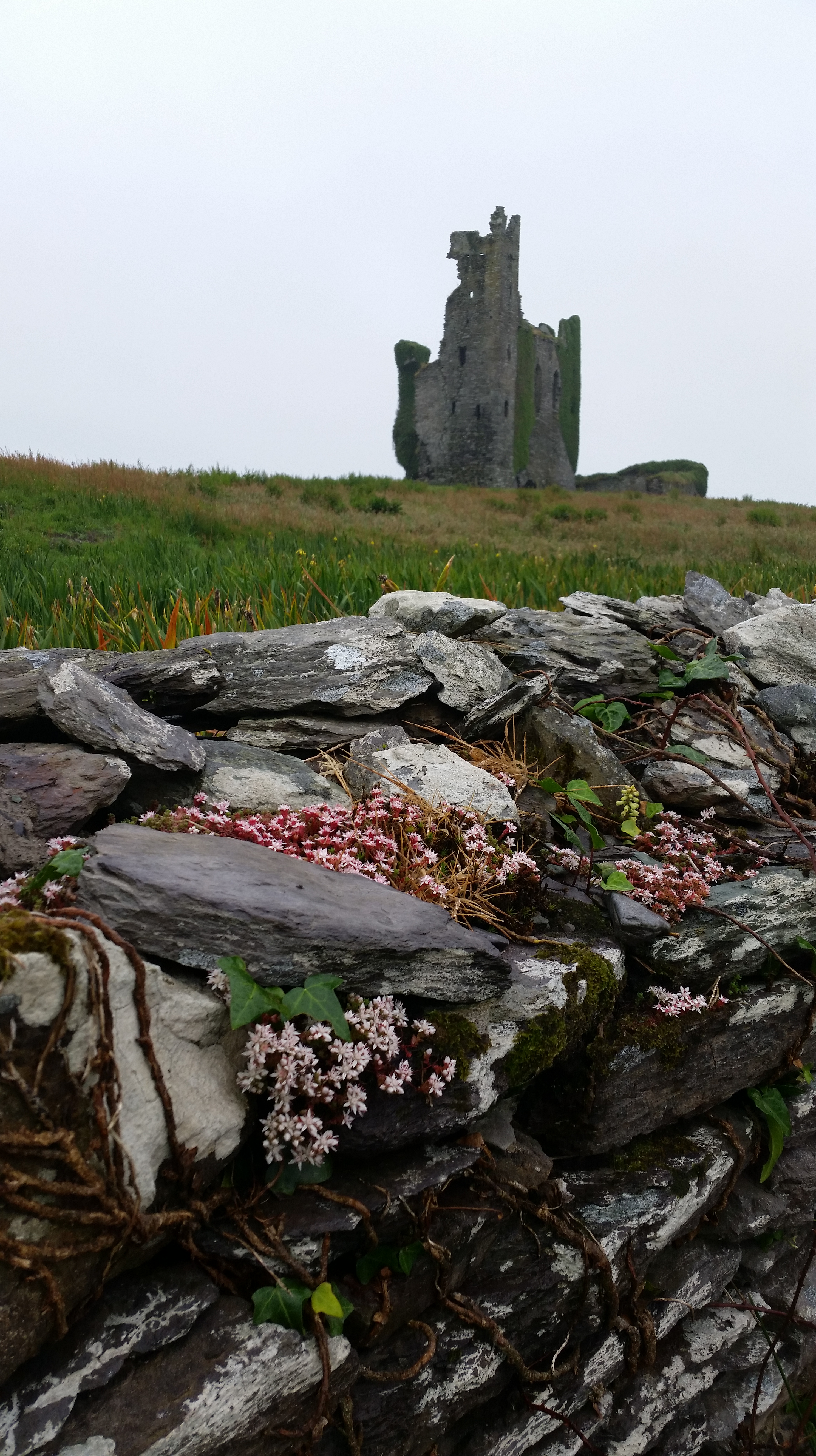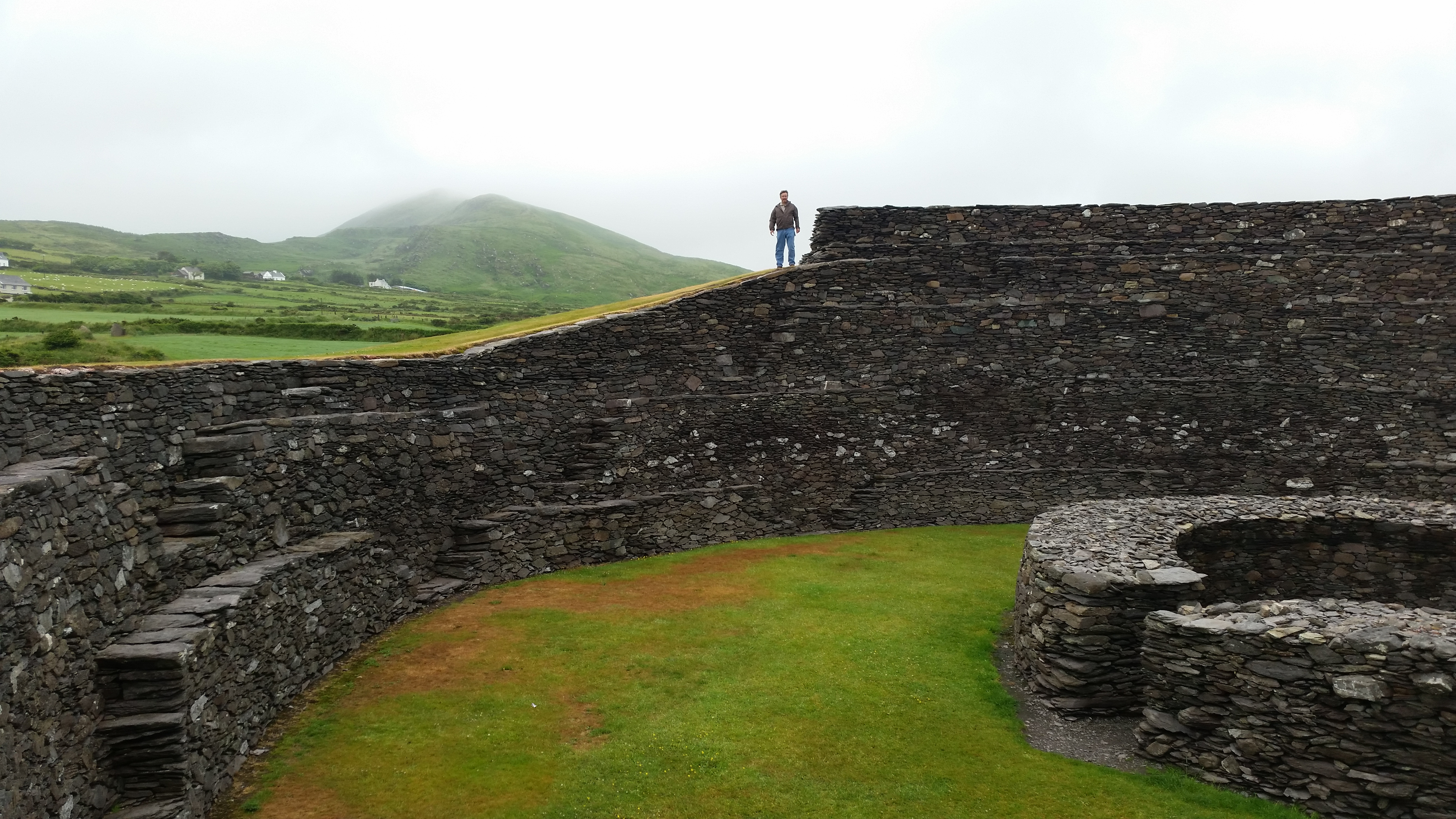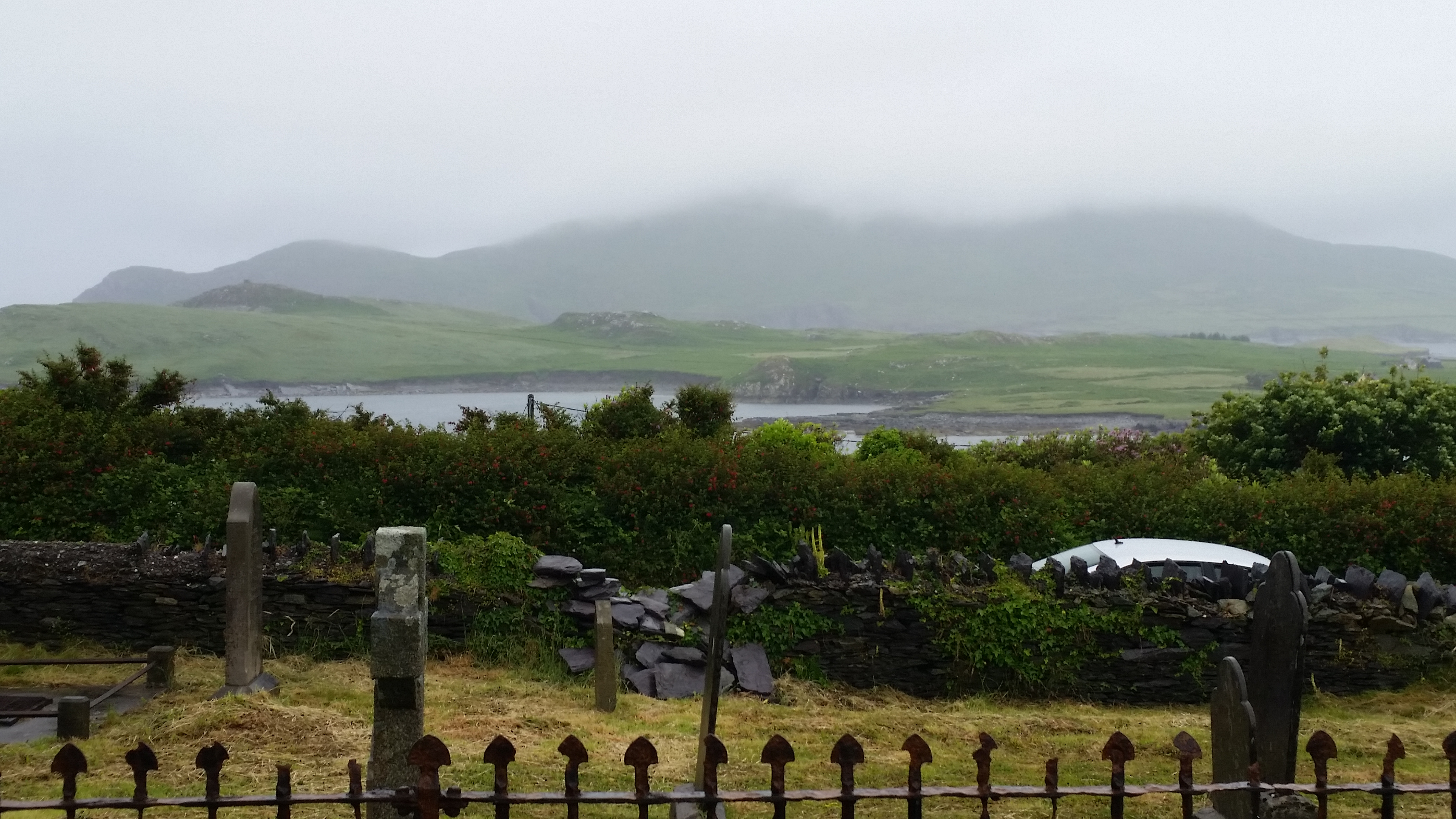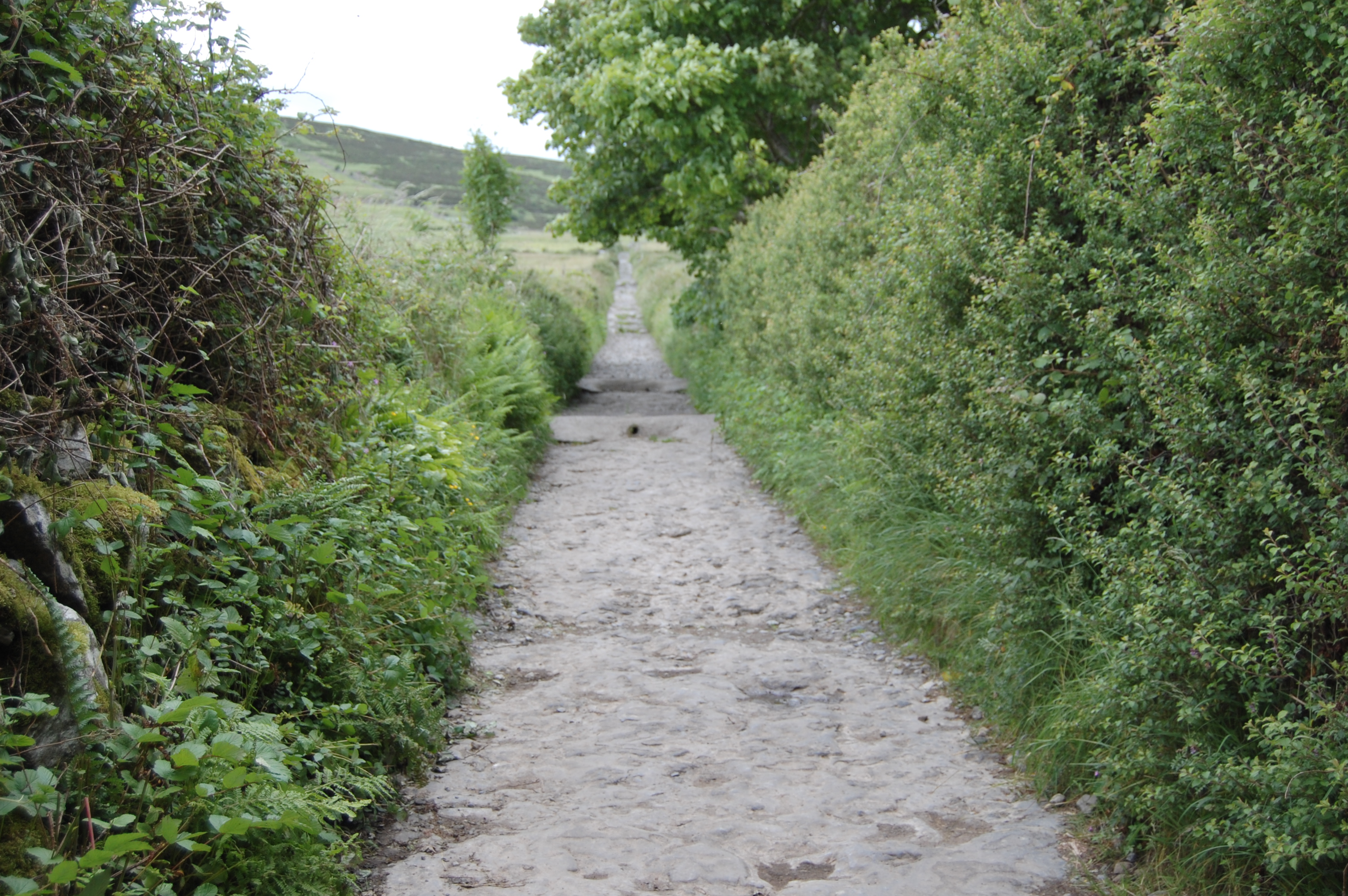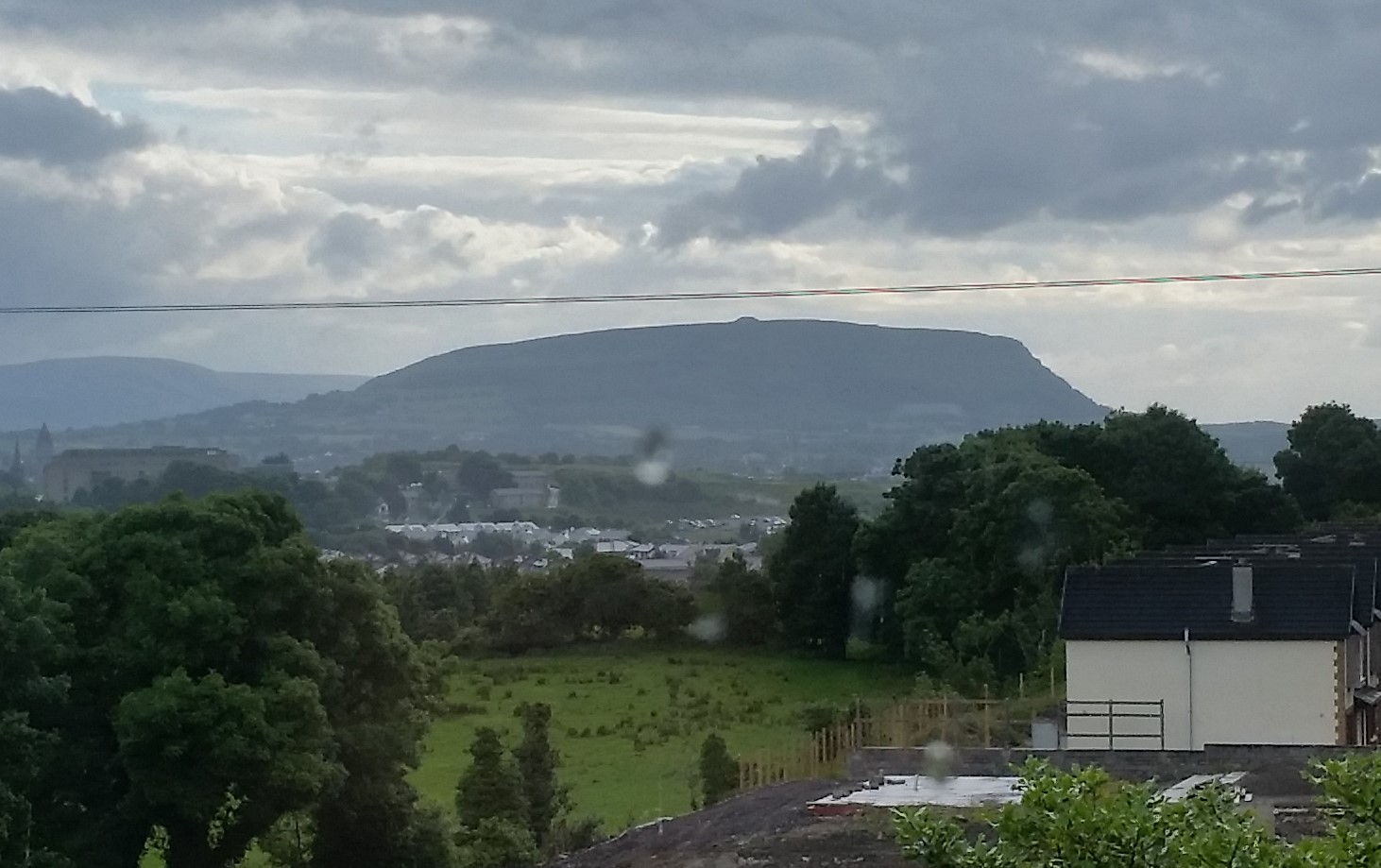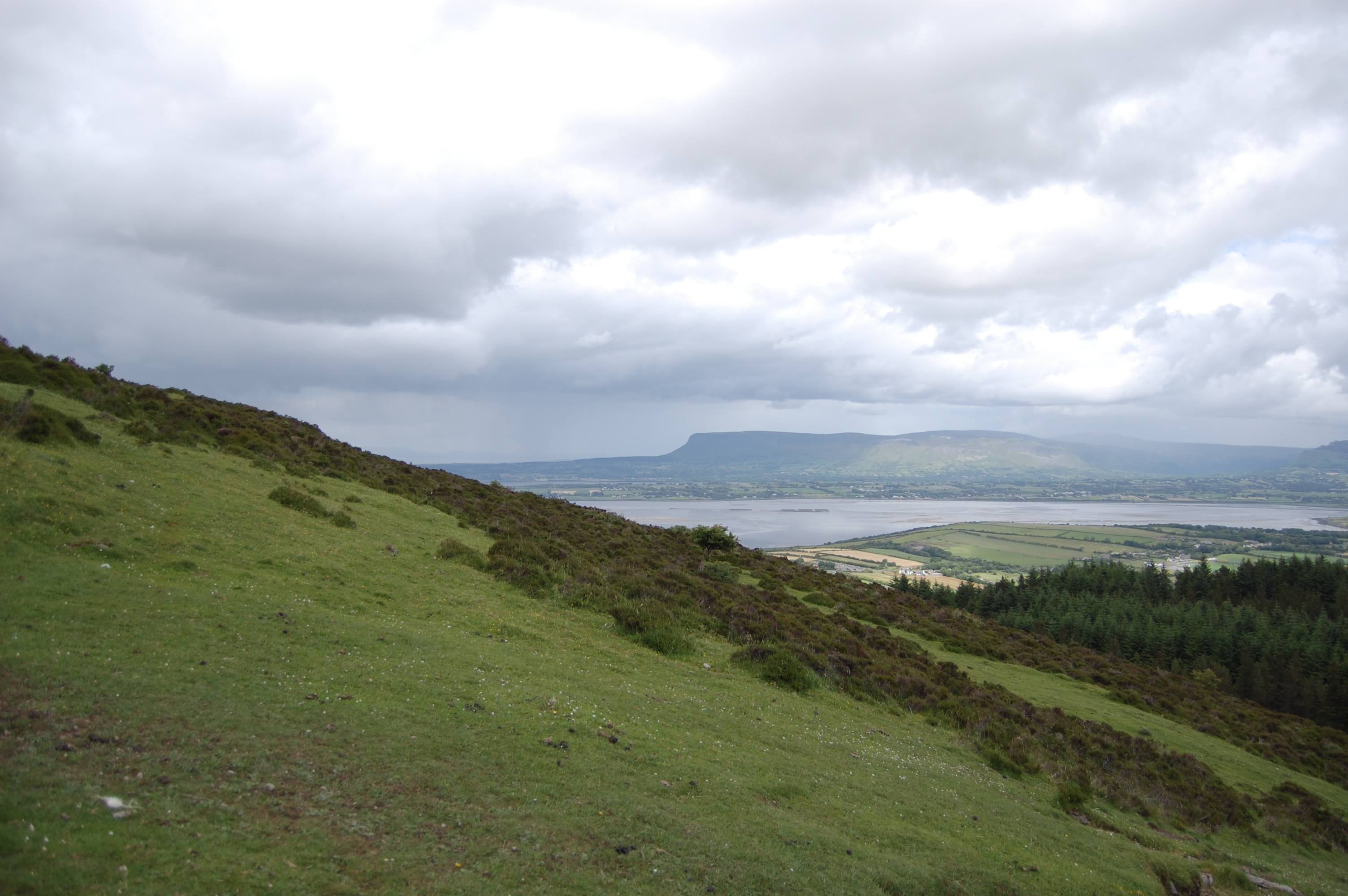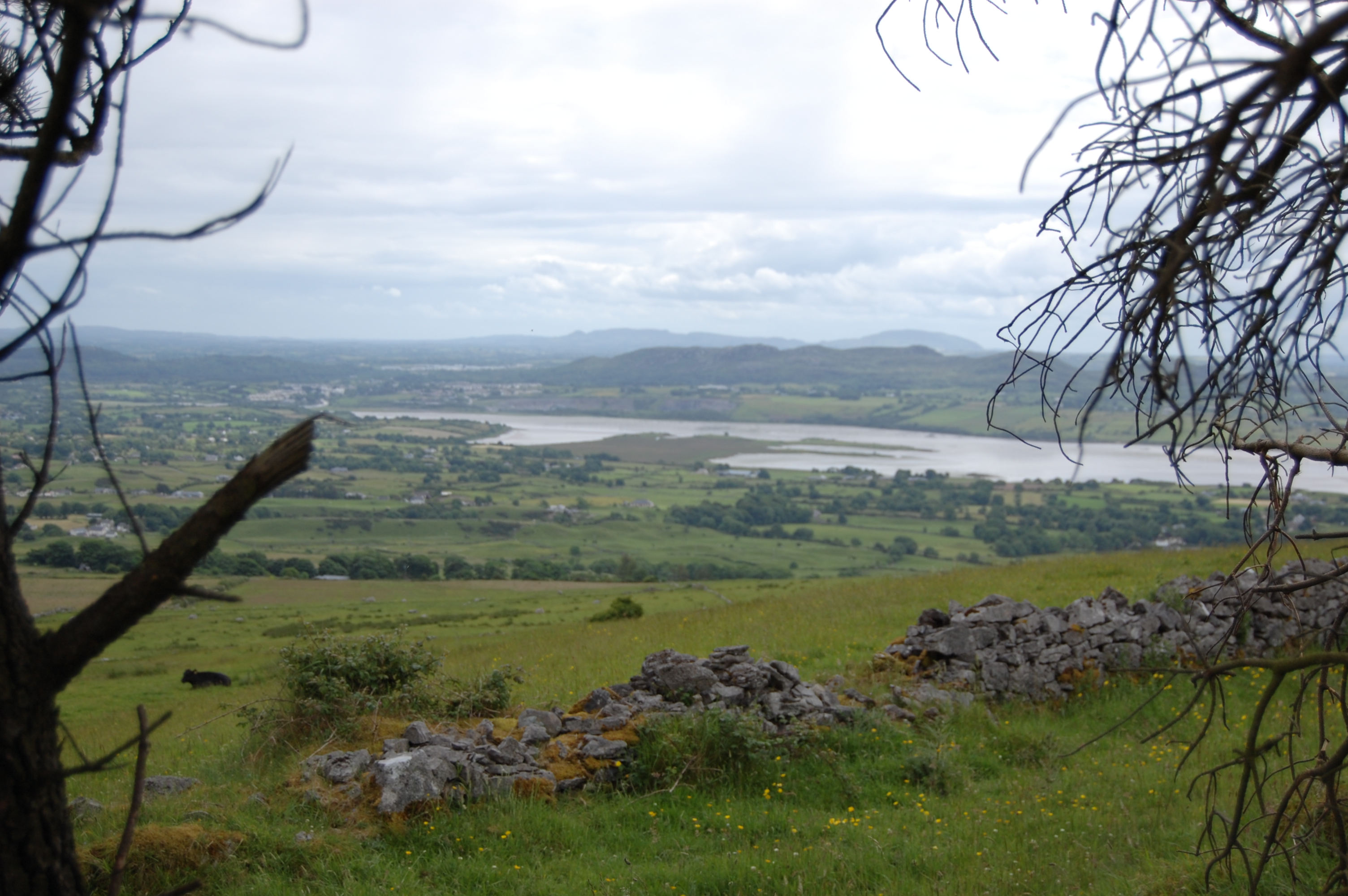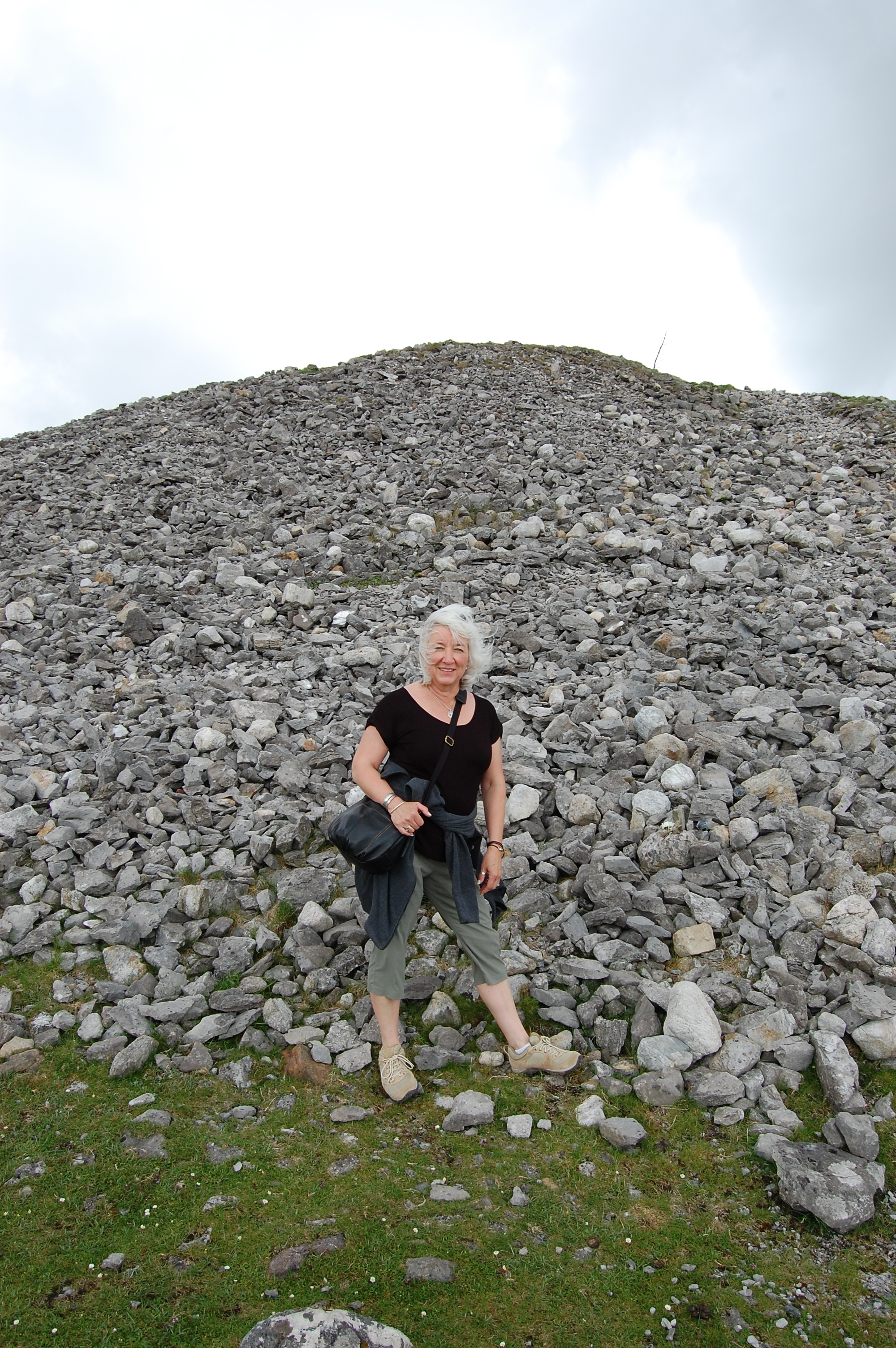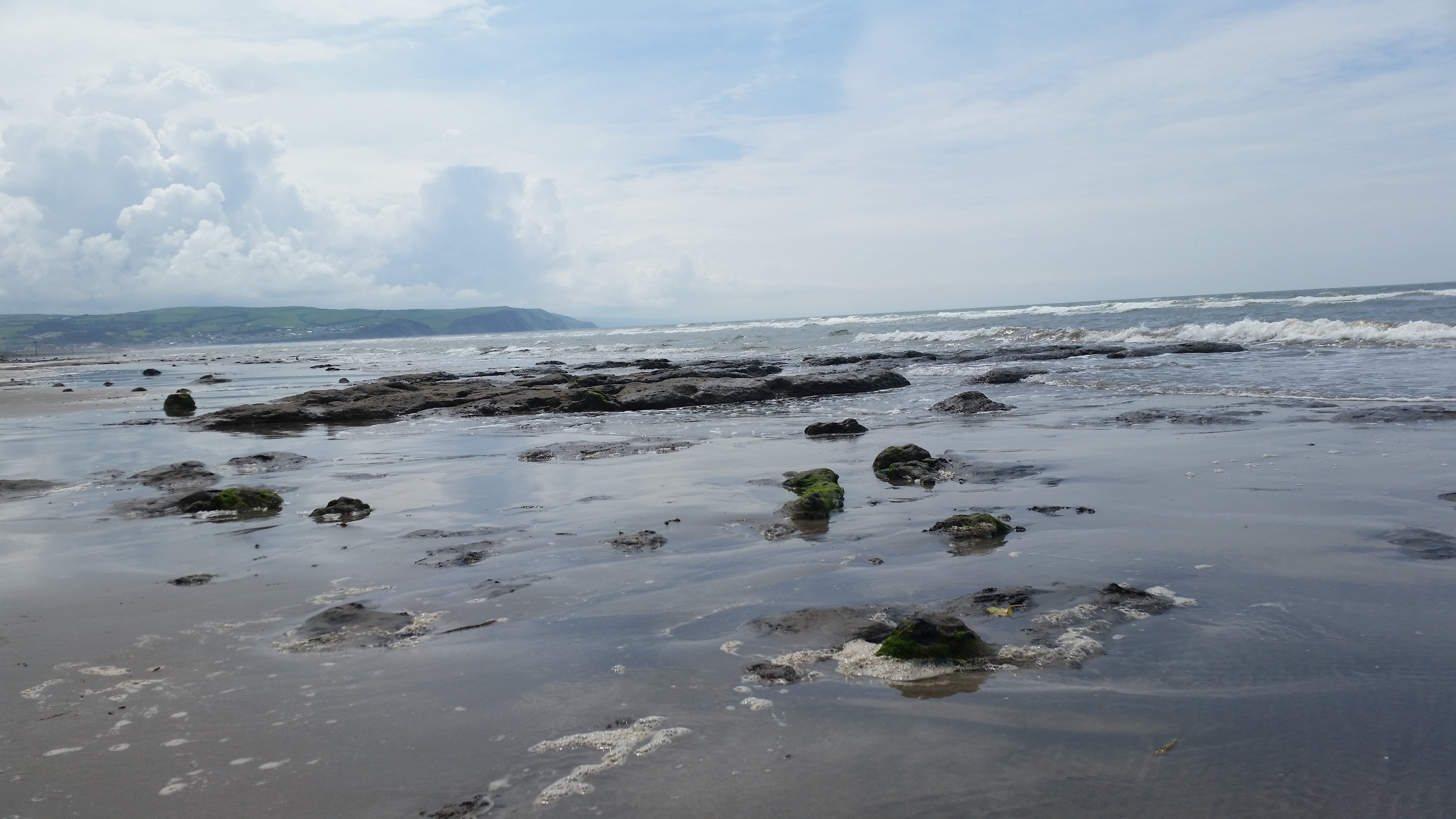Overview
The Sidhe were a supernaturally-gifted people who traveled to Ireland upon four sailing ships from four small islands to the north. Upon each vessel, they carried one sacred treasure–a stone, a sword, a spear, and a cauldron. These seemingly ordinary objects possessed mystical powers beyond anything mankind had ever known, which prompted the Irish to refer to these strangers as the Tribe of the Gods.
The superior beings were so determined to live among men that they burned their ships upon arrival. But those living there were not so sure about the strangers. While many feared the Sidhe’s power, others craved it, and great battles were fought as the newcomers tried to find their place among men. Eventually, they settled beneath the green hills and concealed their new home from the world above with a veil of magic.
Occasionally, one or two would be seen on the surface stealing a glimpse of the precious night sky. So, to avoid further conflict in the realm of man, they used their magic to make themselves smaller. Some changed their appearance altogether. People were so easy to fool that the Sidhe never expected thieves would be clever enough to slip through the veil and rob them of their treasures.
Instantly, the Sidhe were divided. Half would have destroyed all of mankind for that heinous offense, but the others refused to punish all for the sins of a few. A thousand years later, humanity has all but forgotten the people of the hills, but the Sidhe have forgotten nothing.
Jevic O’Connor tried to dismiss the stranger he met that night, and the mysterious cut the stranger had left on his finger, as part of a dream. But Jevic’s wound has left him with a gift instead of a scar. With the Gift of Sight, he can see a dimension of spirit mingles invisibly with the world he thought he knew.
Jevic has no idea his name is part of a sacred Sidhe prophecy or that the future of his world will depend on the choices he is about to make.
Book Four – “Jevic and The Cauldron” Released!

With the release of “Jevic and The Cauldron,” the Jevic O’Connor Series is now complete. I have dedicated a great deal of the past fifteen years to telling Jevic’s story, and it has been one of the greatest joys of my life.
This is the tale of one young man who would do anything for his friends. It’s a tale of good and evil, a tale of two worlds that are so different and yet so much the alike. It’s a coming of age story that young readers can get excited about and their grandparents can read to turn back time. Jevic’s is a story for all ages. It will make you see your world with a new perspective. It may even make you wonder if you too are capable of so much more than you believe.
Check out the Jevic O’Connor Series on Amazon.com.
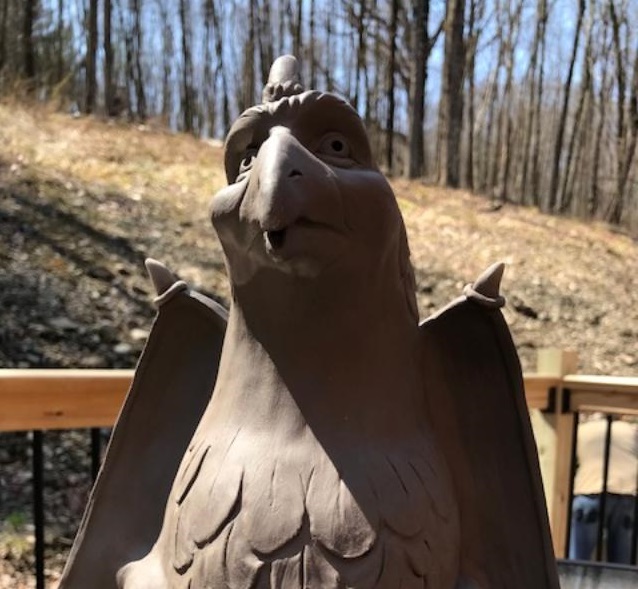
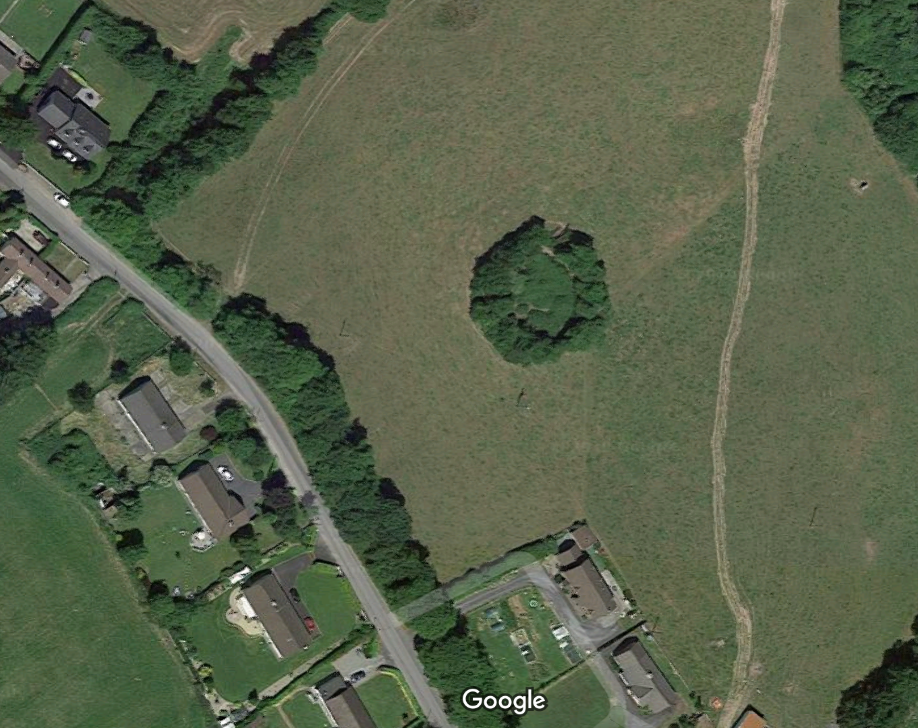
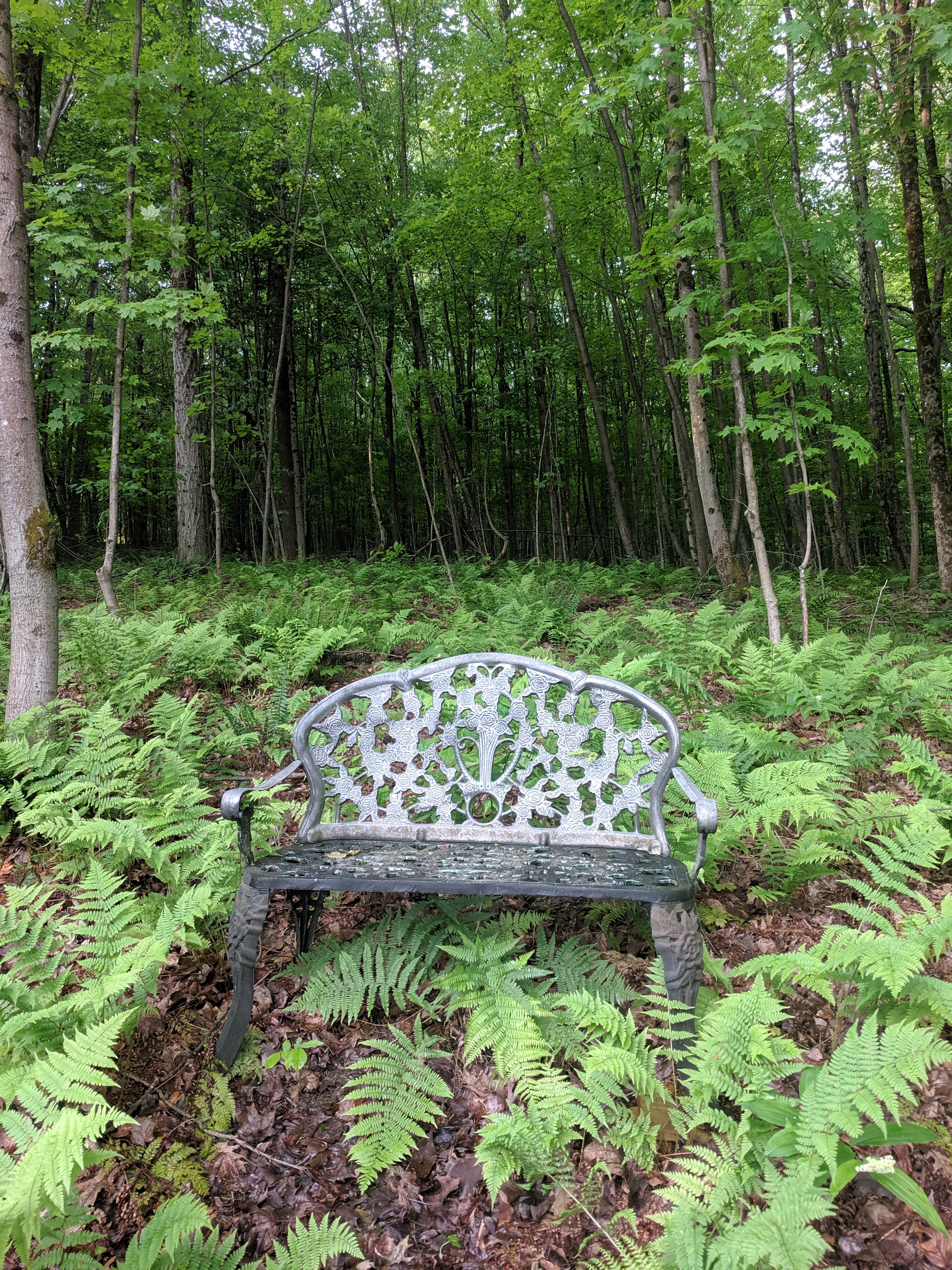 It took us ten years to find the land we were living on. It was in the same town Thom and I had grown up in. There was something special about the rolling hills, the eagles by the river, and the mountains in the distance. This part of upstate New York was our home. Our existing house was just too big for us empty nesters. We wanted something half the size, and thankfully, our property could be subdivided to accommodate a new build.
It took us ten years to find the land we were living on. It was in the same town Thom and I had grown up in. There was something special about the rolling hills, the eagles by the river, and the mountains in the distance. This part of upstate New York was our home. Our existing house was just too big for us empty nesters. We wanted something half the size, and thankfully, our property could be subdivided to accommodate a new build.
